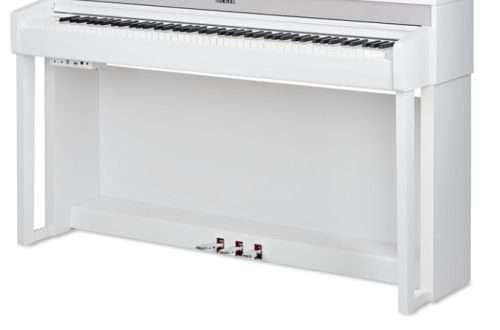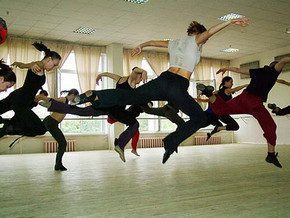
Why do we need rhythm in children’s music schools?
Contents
 Today’s students of music schools, especially primary school students, are heavily loaded with various additional classes and clubs. Parents, wanting to make it easier for their child to study at children’s music schools, try to combine some academic disciplines or replace one with another. Rhythm in music school is often underestimated on their part.
Today’s students of music schools, especially primary school students, are heavily loaded with various additional classes and clubs. Parents, wanting to make it easier for their child to study at children’s music schools, try to combine some academic disciplines or replace one with another. Rhythm in music school is often underestimated on their part.
Why can’t rhythm be replaced with another object?
Why can’t this subject be replaced with choreography, aerobics or gymnastics? The answer is given by the original name – rhythmic solfeggio.
In gymnastics and choreography lessons, students master the plasticity of their body. The academic discipline of Rhythmics reveals the greater potential of the student, giving him a wide range of knowledge necessary for a young musician.
Opening the lesson with a warm-up, the teacher gradually immerses students in the theory and practice of various types of musical activities.
What does rhythmic solfeggio give?
Rhythmics for children has become a kind of help in solving problems related to the main theoretical discipline – solfeggio. It is because of the complexity of this subject that children often drop out of school, and music education remains incomplete. In rhythmic classes, students hone their rhythmic abilities and learn to coordinate the various movements of their body. After all, a sense of meter rhythm is extremely important when playing every musical instrument (vocals are no exception)!
Such a concept as “duration” (the duration of a musical sound) is much better and faster absorbed through body movements. Various coordination tasks help in understanding the simultaneous movement of different durations, which is often found in music.
Students reinforce the ability to stop in time when they see a pause in the notes, to begin performing a piece of music on time from a beat, and much more in rhythm lessons.
As the practice of music schools shows, children with a problematic sense of rhythm after a year can march to the beat, and after two years of classes they simultaneously conduct with one hand, show phrases/sentences with the other and perform the rhythm of the melody with their feet!
Studying the forms of musical works in rhythm lessons
For children, rhythm, or rather its lessons, usually become not only an exciting activity, but also a kind of treasury of knowledge, skills and abilities. The point is this: students begin working with the form of small pieces from the first rhythmic solfeggio lessons. Hearing, identifying and correctly reproducing phrases, sentences, feeling the period – all this is very important for any performing musician.
Elements of musical literature on rhythm
During classes, children’s knowledge base is replenished with musical literature, in other words, the volume of music that they remember for the rest of their lives gradually increases. Students recognize composers and remember their work by repeating the same musical material several times in class, but with different tasks. In addition, they learn to talk about music, about character, genres, styles, and hear its special means of expression. By using their imagination, children show the soul of a piece of music by passing it through their body. All this unusually expands intellectual horizons and will later be useful in further studies at music school.
Work in specialty lessons is individual. During group lessons, some children close themselves off, not even allowing the teacher to approach them. And only rhythm in a music school is carried out in a less formal setting and therefore can liberate students, helping them integrate into a new group. It’s not for nothing that these lessons fill a slot in the schedule in the first two years of study.




